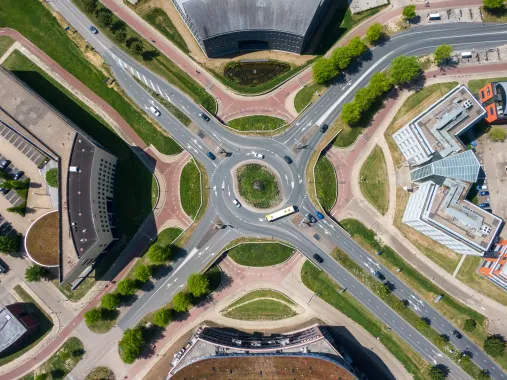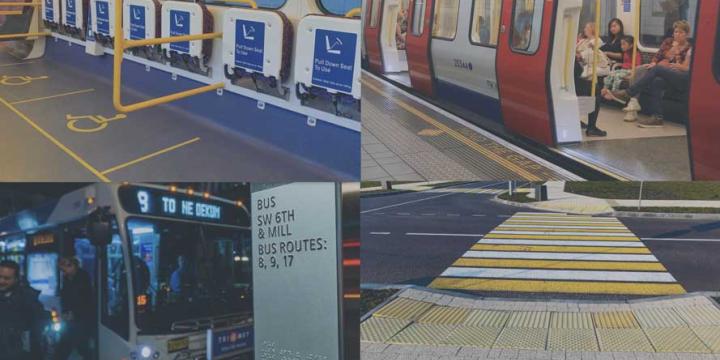Course Info
7 video lessons (63 Mins)
Published
2024Trending
-
4.77
Preview Course
Browse Course Chapters
-
1.Introduction
1 min
-
2.The History of Cycling in the Netherlands
14 mins
-
3.Introduction to Sustainable Safety
18 mins
-
4.Fundamentals of Cycle Network Planning
13 mins
-
5.Flow Theory and Cycling Happiness
5 mins
-
6.Lessons in Adaptation
6 mins
-
7.Conclusion
3 mins
What You Will Learn
- Understand the history of the Dutch approach to mobility.
- Learn about sustainable safety and different urban traffic environments.
- Understand the five principles of Dutch network planning and how to achieve them.
- Understand the benefits and challenges of this type of network thinking in an international context.
- Know how to maintain network thinking in a changing mobility landscape.
- Know how to translate a network into facility design at street level.
- Understand that a good bike network starts with a good car network.
Course Description
The Dutch have implemented a unique approach to network planning that has led to some of the highest cycling rates and lowest traffic deaths in the world. In this course, you will learn about the history of Dutch mobility planning since the 1970s, the current five principles of Dutch bicycle network planning, the future of the Dutch network approach, and how these principles are applied on the ground.
The course offers a brief overview of the history of Dutch mobility planning and the factors that influenced Dutch thinking about the relationship between car and bicycle mobility, followed by an introduction to the five principles of Dutch network planning currently applied in the Dutch context: coherence, directness, attractiveness, safety, and comfort. We conclude with a look into the future and how we can keep this network thinking current and applicable in an ever-changing mobility landscape. We also introduce flow theory, which explores the correlation between cycling happiness and the principles of network planning.
Throughout the course, you will see examples from Dutch cities and streets and mini-case studies of challenges and their resolutions.
Learn these skills
- Bicycle Planning
- Pedestrian Planning
- Transportation
- Urban Design
- Walkability



























